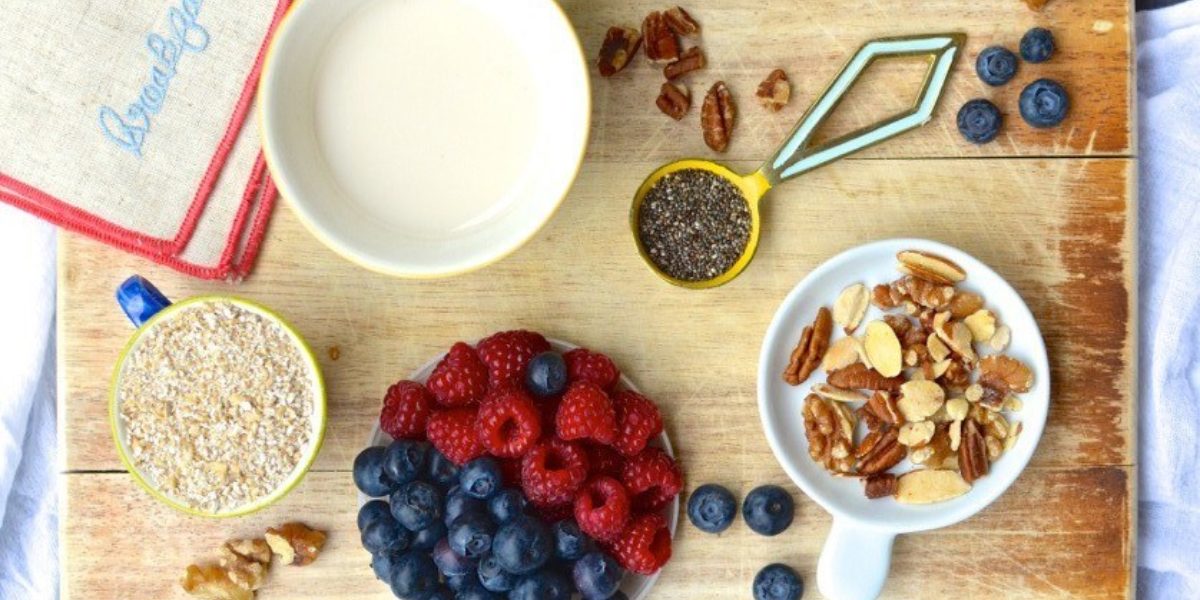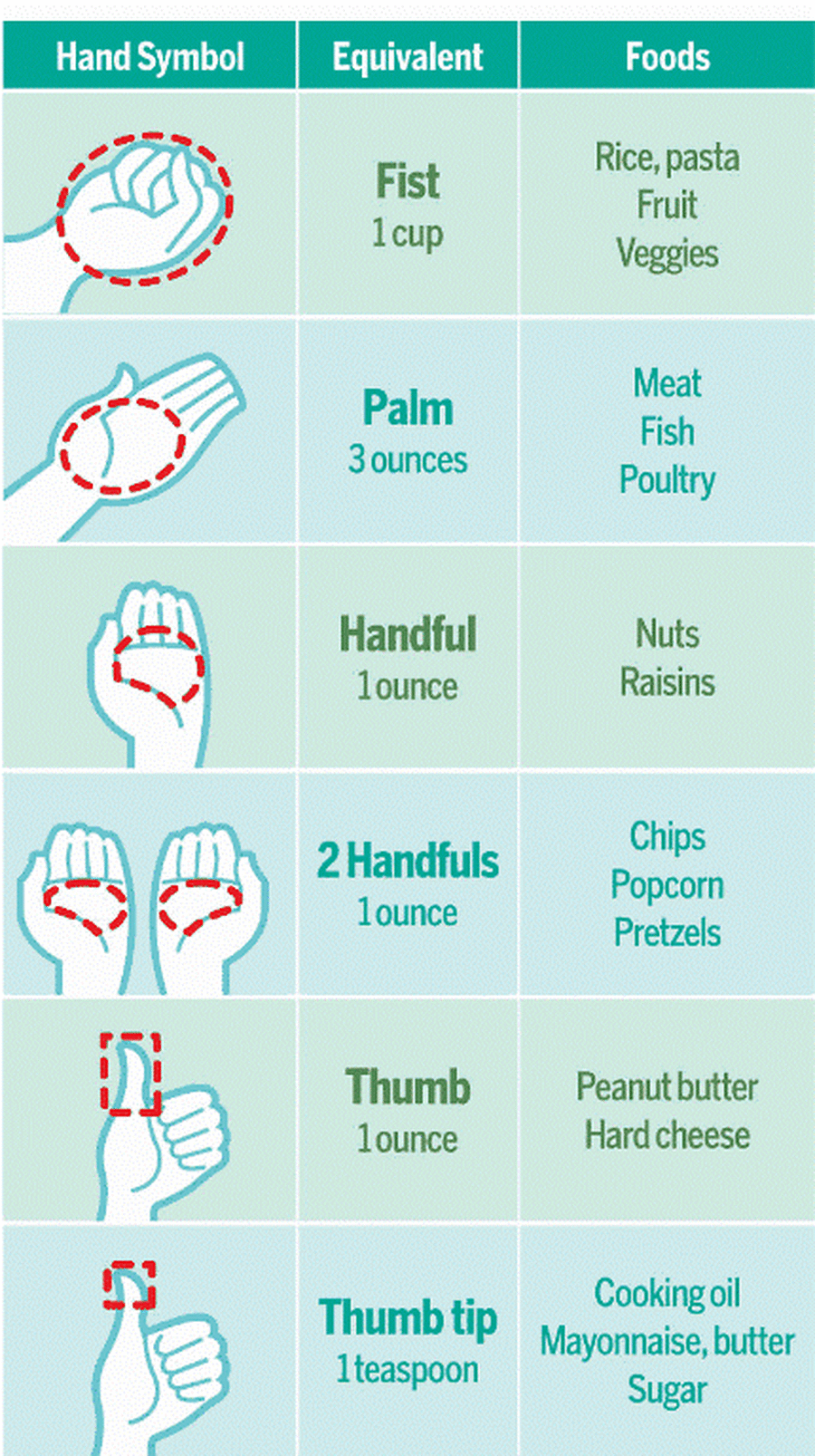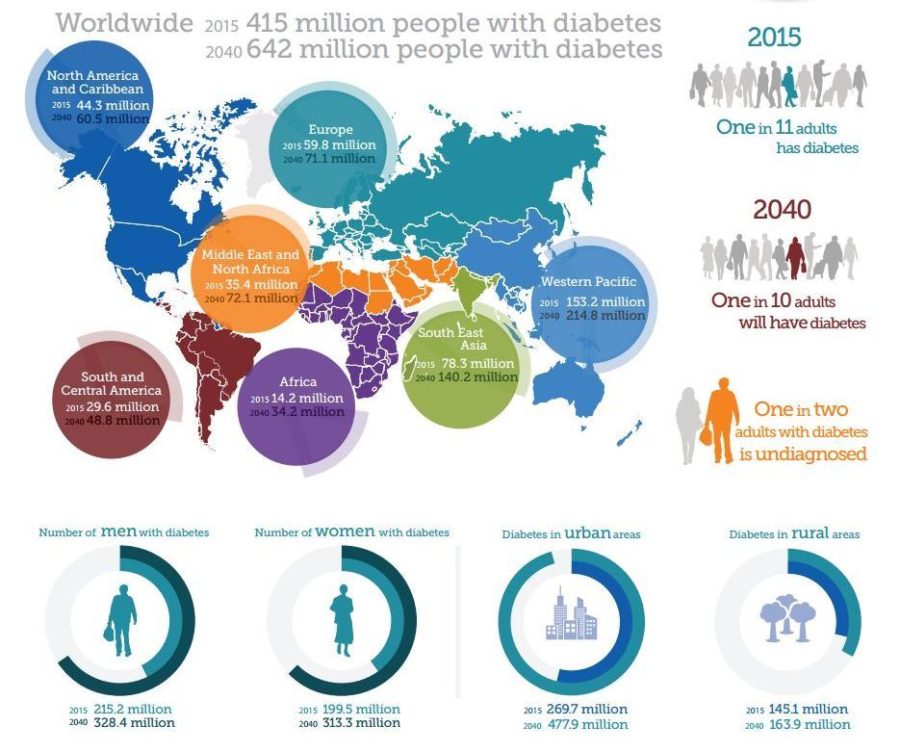
Diabetic Diet Myths
We debunk some common myths about following a diabetic diet. Surprise! You shouldn't stop eating carbs!
- Carbs are the enemy. Carbohydrates themselves are not the enemy, but the type and quantity of carbohydrate is important. Choose carbs that are high in fiber and/or protein and know your portion sizes.
- Starchy foods are off-limits. Any carbohydrate can fit into a well-balanced diet, but we encourage you to choose whole grains over refined grains.
- You’ll never eat dessert again. The key here is moderation and portion control. Indulge in a small serving of your favorite sweet on special occasions.
- Fruit is bad. There is no such thing as forbidden fruit. We recommended eating whole fruits in their most natural form and consuming edible peels for extra fiber.
- All sugar-free products are healthy. Some are indeed healthy, but beware of processed foods. Even sugar free foods can contain a lot of carbohydrates, unhealthy fats, or calories.

It’s All About Portion Size
- 1 portion = 15 g carbohydrate
Grains & Starches
- 1 slice (1 oz) bread
- 1/3 cup pasta or rice
- ¾ cup dry cereal
- ½ cup oatmeal
- ¼ cup baked beans
- ½ cup corn or peas
- 3 cups plain popcorn
Fruit
- ½ cup juice or 1 cup cut fresh fruit
- 1 small hand fruit (apple, pear)
Milk
- 1 cup milk (12 g)
- ¾ cup plain yogurt
Sweets & Desserts
- 2 small cookies
- 4 fl oz (1/2 cup) regular soda
- 1 tablespoon jam or jelly
- ½ cup ice cream or frozen yogurt

Know your Risk Factors
90-95% of people with Diabetes have Type 2 Diabetes. Some of these risk factors are under your control.
- Weight gain
- Lack of physical activity
- Age
- Diabetes during pregnancy
- Family history
- Ethnic background (African American, Native American Latinos, Asian American/Pacific Islander
Take Control of Type 2 Diabetes
- Spread out and count your carbs. Focus on whole grains and high fiber. Eat more fruits and vegetables.
- Losing as little as 10 to 20 pounds can have a large, positive impact on blood sugar control.
- Physical activity helps make your body’s cells more responsive to insulin.
Written by Danielle Cushing, RDN, LDN, CNSC.
For questions or more information, please reach us at flikblog@compass-usa.com.